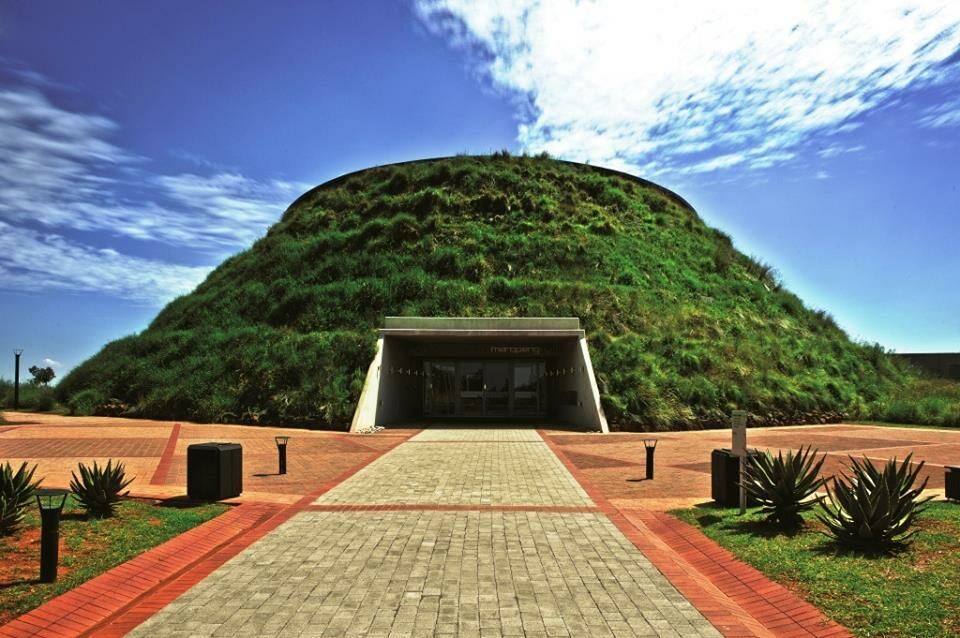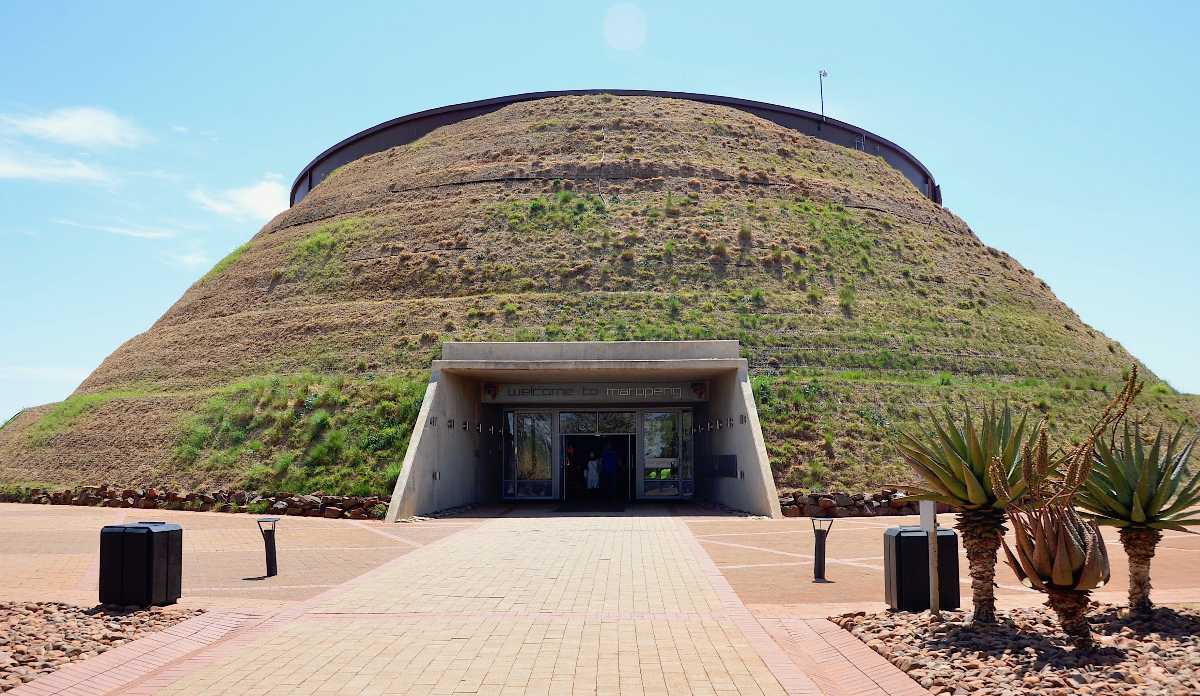The 9-Second Trick For Johannesburg North Attractions
The 9-Second Trick For Johannesburg North Attractions
Blog Article
Unknown Facts About Johannesburg North Attractions
Table of ContentsThe Best Guide To Johannesburg North AttractionsLittle Known Facts About Johannesburg North Attractions.See This Report on Johannesburg North AttractionsSome Ideas on Johannesburg North Attractions You Need To KnowThe 9-Minute Rule for Johannesburg North AttractionsThe Definitive Guide for Johannesburg North AttractionsThe Basic Principles Of Johannesburg North Attractions
However you ought to maintain protection in mind and travelers must remain alert in any way times when in unfamiliar environments. Speak with the citizens when you are in community to find out concerning the area you are staying in. Johannesburg North attractions. When on the road (this does not put on mall and other safe and secure environments) finest general suggestions is to try your finest to appear like a regional and to stay clear of presenting any kind of wide range
Unknown Facts About Johannesburg North Attractions
Professor Revil Mason O. J. (Thomson, 1946) checked out the Witwatersrand's pre-colonial background. His historical job took off the 'em pty land' misconception, according to which the area was lacking human habitation prior to the arrival of European settlers. In his publications Prehistory of the Transvaal: A Record of Human Task (1962) and Beginnings of Black People of Johannesburg and the Southern Western Central Transvaal Advertisement 3501880 (1986 ), Teacher Mason showed the level of social and financial growth in the location prior to Europeans set foot below.

The Basic Principles Of Johannesburg North Attractions
In 1878, David Wardrop located gold in quartz veins at Zwartkop, north of Krugersdorp. In 1881, Stephanus Minnaar came across gold on the farm Kromdraai, near the Cradle of Humankind.
In March 1886, an outcropping (soon to be called the Main Reef) was discovered, fairly fortunately, on Gerhardus Oosthuizen's farm Langlaagte. Some state that the Lancastrian coal miner George Walker uncovered this reef. Another itinerant English miner, George Harrison (that had previously worked in Australian mines) obtained a prospecting licence in regard of Langlaagte in Might 1886.
He determined to proceed in a mission for greener pastures, and disposed of his Langlaagte claim for the princely amount of 10. Alas: under lay the wealthiest goldfield ever found. The discovery of this abundant auriferous coral reef provoked a gold rush that signified completion of bucolic tranquillity in the southerly Transvaal.
It would, within six years, come to be the largest town in southern Africa. Within a decade, it would certainly make the Z. A. R. up until then an anarchical and bankrupt little state the richest nation in Africa. By the turn of the century, the Z. A. R. was to surpass Russia, Australia and the USA of America to come to be the globe's leading gold producer, generating even more than a quarter of the world's gold.
Some Known Facts About Johannesburg North Attractions.
It was referred to as Ferreira's Camp, named after Colonel Ignatius Ferreira. He was a Boer traveler upon whom the British authorities had actually presented the condition of Friend of one of the most Identified Order of St Michael and St George (entitling him to the post-nominal letters C. M. G.) in thankfulness for his role in the war that had actually deposed the Pedi king Sekhukhune in 1879.
Soon the camp was bursting with tents and wagons as newbies got here daily from everywhere. By September 1886, some 400 individuals lived in Ferreira's Camp, which soon flaunted upraised iron and hardwood buildings. Two other camps were developed: Meyer's Camp on the farm Doornfontein, and Paarl Camp. The latter was nicknamed Afrikander Camp; lots of people from the Cape Swarm cleared up there.

The Of Johannesburg North Attractions
This name gained money by word of mouth, such that the State Secretary verified the name to the Mining Commissioner on 9 October 1886. Stands in the town were auctioned on 8 December 1886. While some stands were cost 10, others were torn down for as low as sixpence.
2 years later, these erven were to alter hands for as high as 750 each. The tented camps dwindled as a dorp of corrugated iron structures created and expanded north of the mines located along the Main Coral Reef Road. Areas such as Jeppe's Community (where working-class immigrants erected their dwellings) and Doornfontein (where the upscale brand-new 'Randlords' began to construct their opulent helpful hints homes) were quickly included in the ever-expanding map of the town.
Our Johannesburg North Attractions Statements
In addition to the street names, there were no indications of Johannesburg being situated in a Dutch-speaking country. Many years later, C. W. Kearns O. J. (one of the first young boys signed up at St John's College in 1898) would recall: 'An odd truth regarding Johannesburg was that, although it was in the [Boer Republic], almost everybody spoke English and also the Federal government slaves resolved one in English, unless they were initial resolved in the Taal (or Reduced Dutch)'.
Britain had an interest in ensuring optimum conditions for gold manufacturing on the Witwatersrand, and that the gold was exported to London rather than Berlin my explanation a vital rendered all the extra clamant by the Z. A. R.'s raising toenadering with Germany. Mine owners got on an accident course with Head of state Kruger, whose policy of monopolistic concessions (usually approved to his cronies) avoided mining companies from procuring materials of products (particularly dynamite) and work on their own, cheaper terms
Some Ideas on Johannesburg North Attractions You Should Know
In 1890, the Volksraad had actually limited the franchise business to white men who had lived in the Z. A. R. for fourteen years or longer, hence disqualifying a lot of the immigrants (that took place to be the significant contributors to the fiscus). Nevertheless, frustration for the ballot was a mere pretext for advertising a various agenda; a lot of uitlanders concerned themselves as temporary visitors and had go to these guys no objective of remaining in the Z.
Report this page